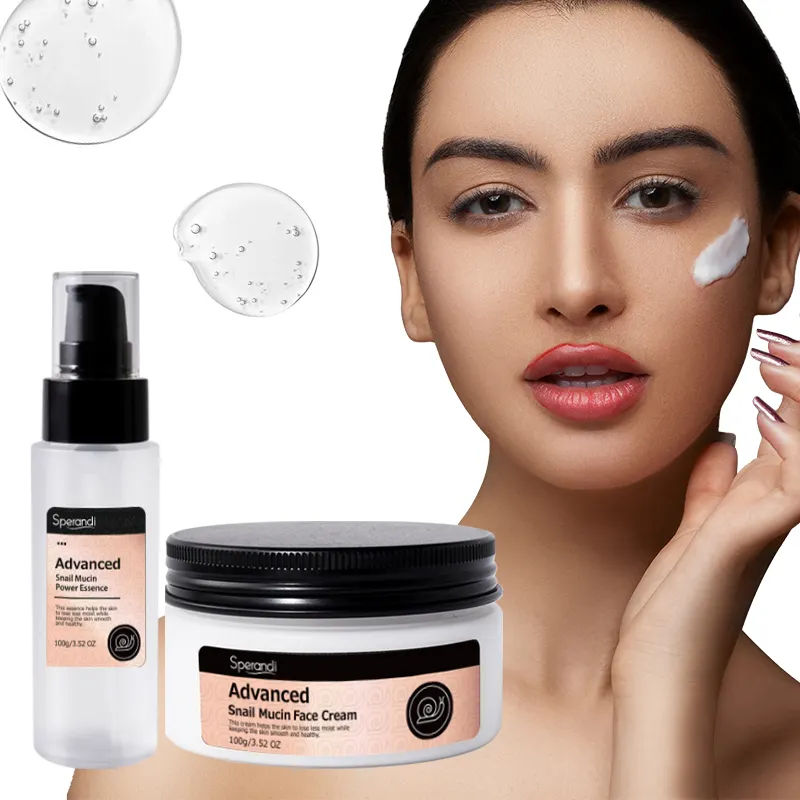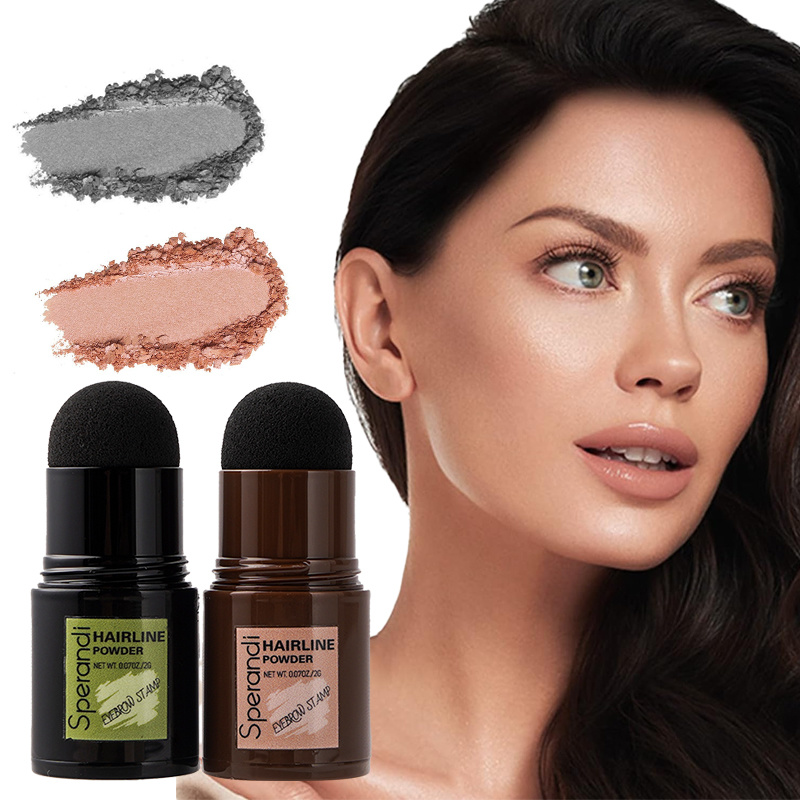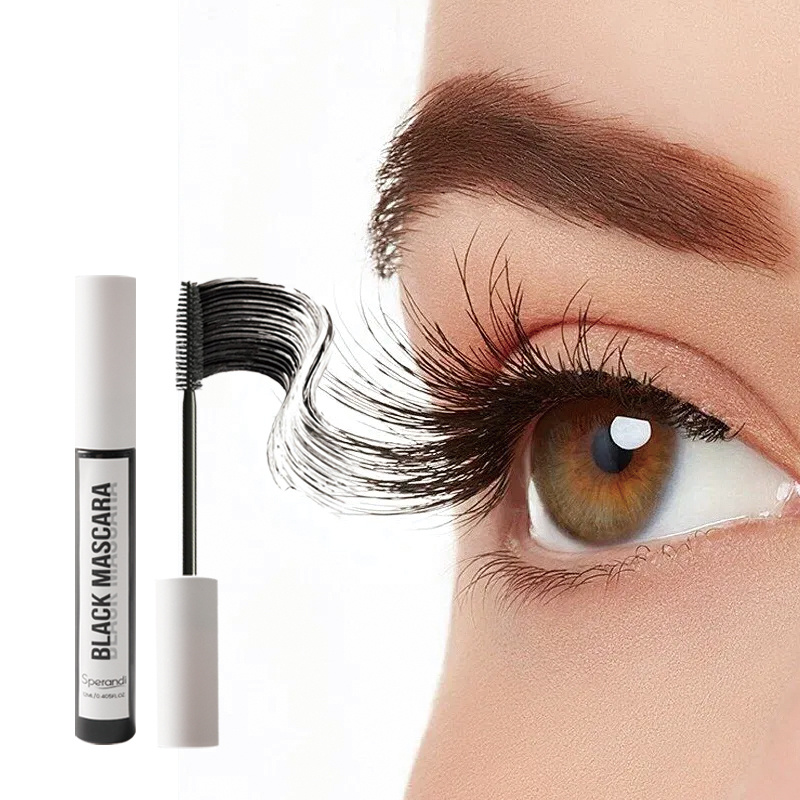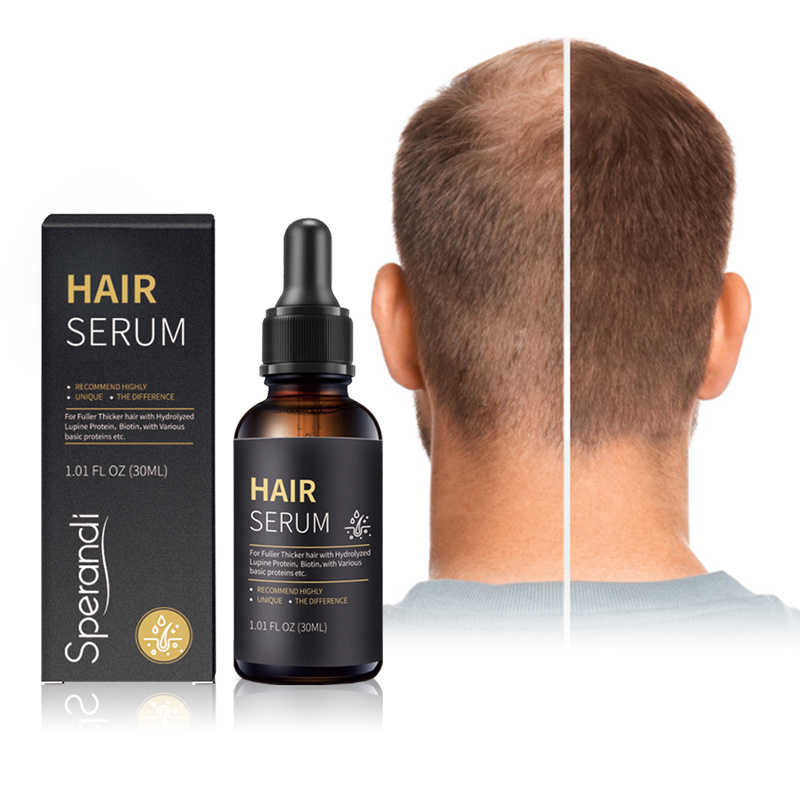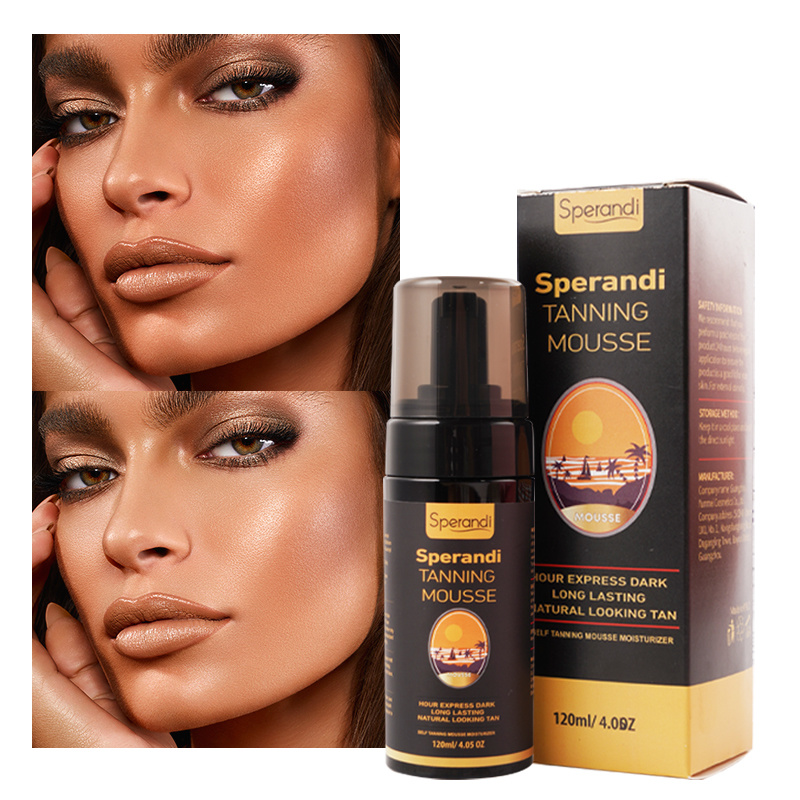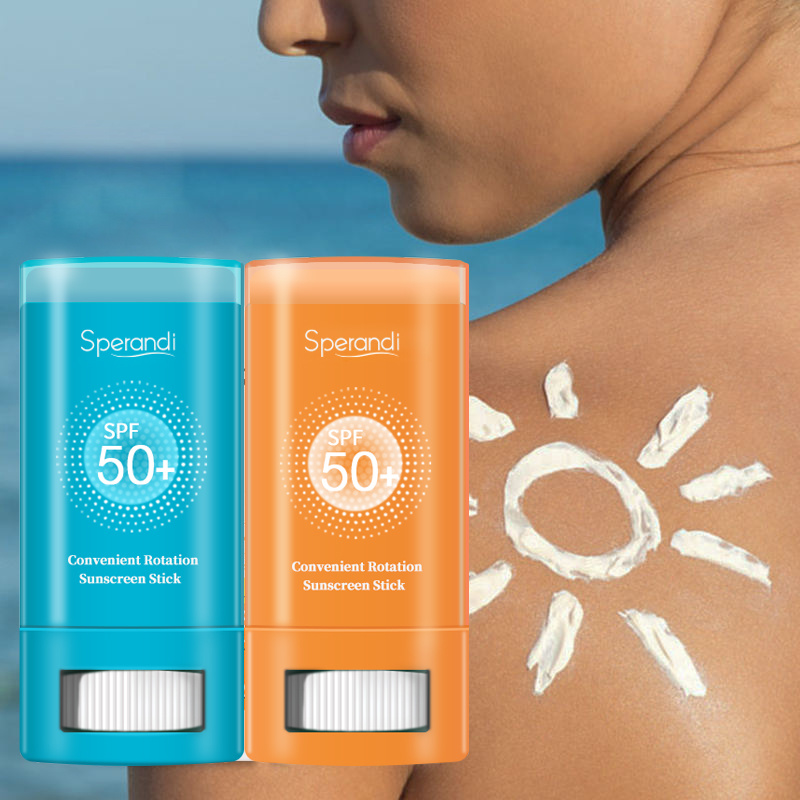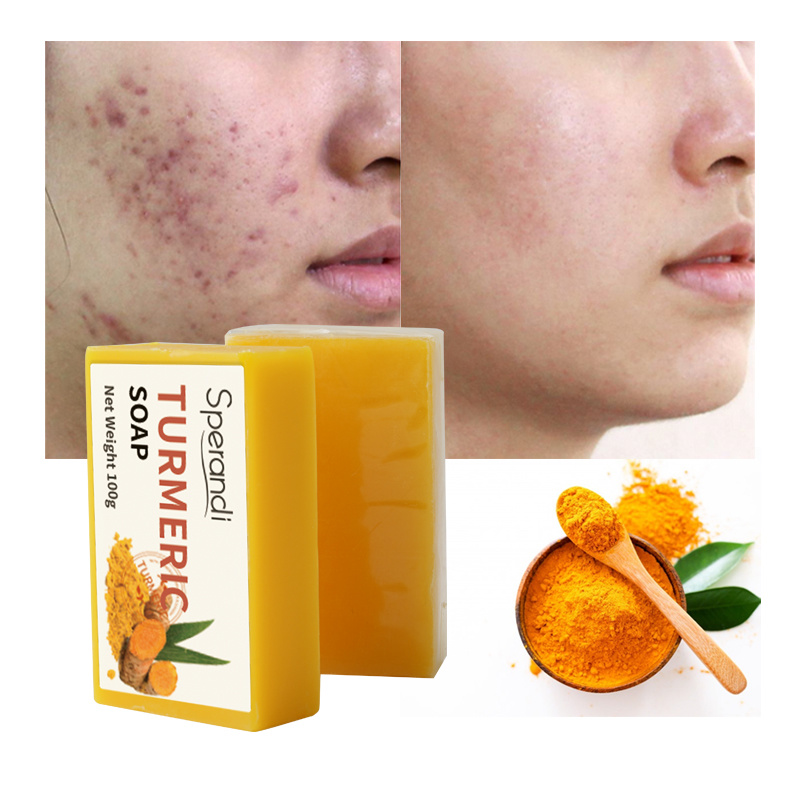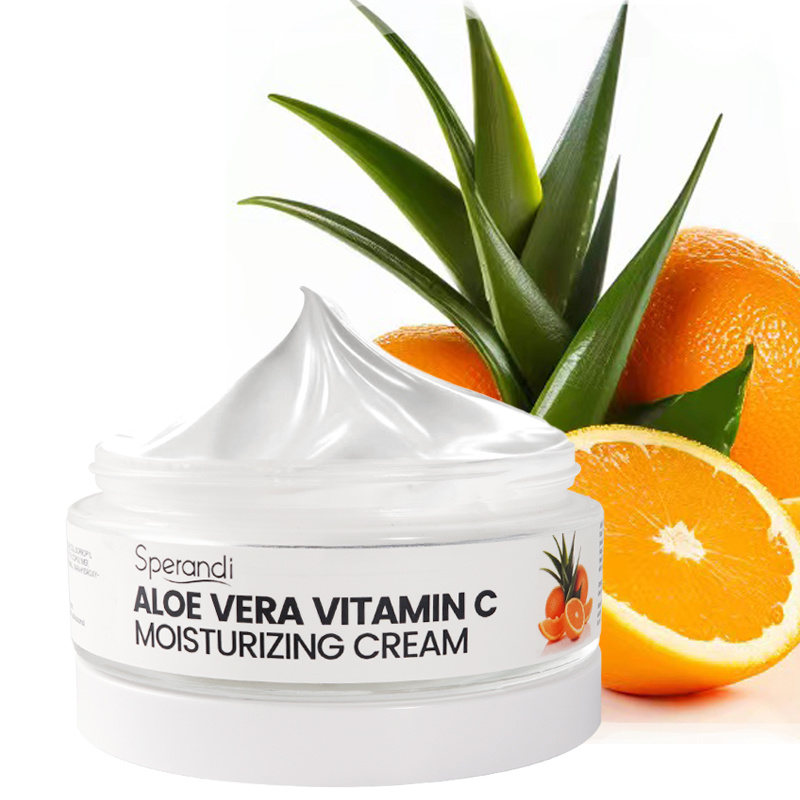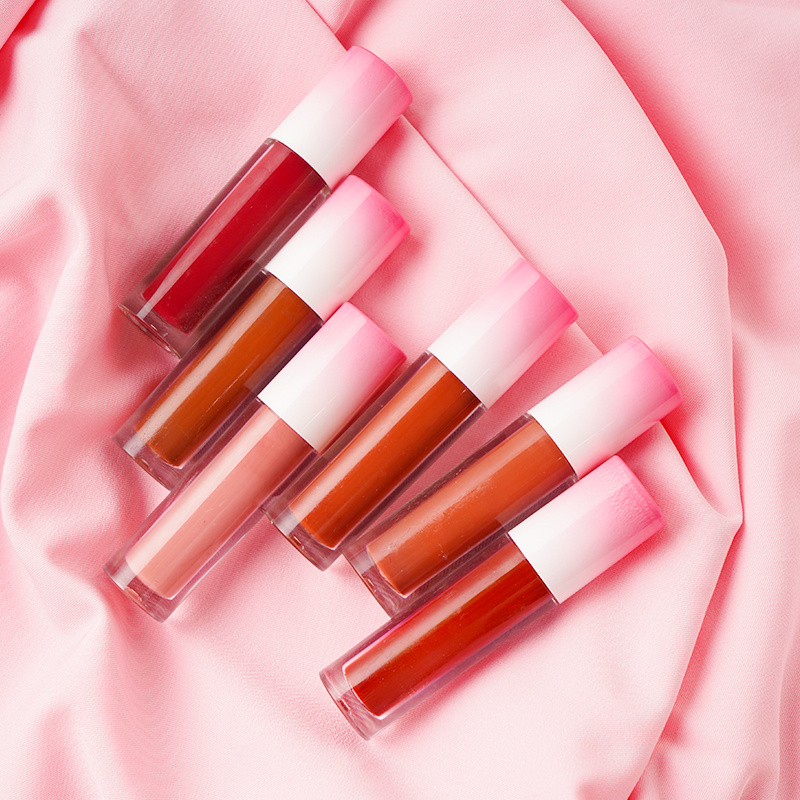Skincare Cosmetic Products Manufacturer
As a leading skincare manufacturer, Yunmei offers OEM/ODM solutions with a 1,500㎡ advanced R&D lab and 5,000+ new arrivals annually. We provide custom formulations, packaging design, and large-scale production to help brands stand out. Whether it's cleansing, anti-aging, sensitive skin care, or innovative active ingredients, we deliver high-quality, tailored solutions to elevate your brand in the competitive market.
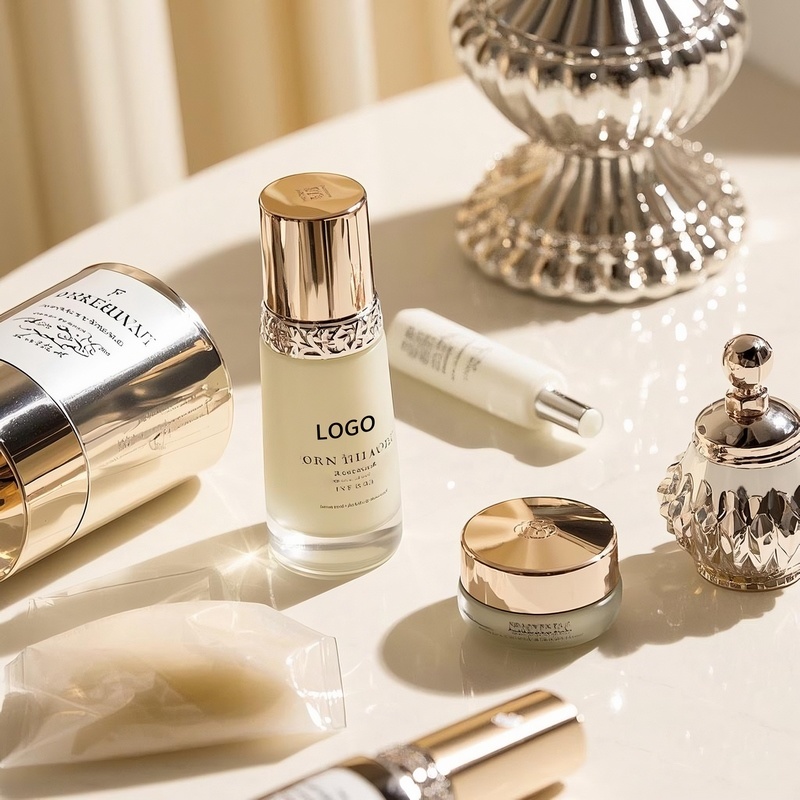
2025 Global Beauty Trends: Innovation & Sustainability
1. "Affordable Alternatives" – Efficacy, Ingredients & Cost-Effectiveness
Despite the global economic downturn, beauty and youthful appearance remain essential needs. 57% of overseas beauty consumers are becoming more cautious with spending, reducing unnecessary purchases while prioritizing effective ingredients, multi-functional products, and cost-efficiency.
- Skincare and makeup remain the largest and fastest-growing segments in the global beauty market.
- Consumers are seeking affordable alternatives to luxury brands, allowing them to enjoy premium results on a budget.
2. At-Home Beauty – Salon-Grade DIY Treatments
With the impact of the economic climate and energy crisis, more consumers are shifting to at-home and office beauty routines for convenience and cost savings.
- Home-use beauty devices, wigs, DIY false eyelashes, and nail stickers are experiencing significant growth.
- User-friendly and high-tech beauty solutions are in demand, allowing consumers to achieve salon-quality treatments at home.
3. Waterless Beauty – The New Sustainable Trend
Sustainability is now a priority, with 87% of global beauty consumers preferring eco-friendly products.
- According to Alibaba’s cross-border e-commerce data, the daily active buyers for skincare increased by 8.9% year-on-year in the past 90 days, with facial care up 75%, skincare sets up 49%, and sun care & tanning up 139%.
- The U.S., Europe, the Middle East, and Australia are key markets, with seasonal skincare demands surging, particularly for sun protection and hydration.
- Waterless beauty is the latest trend in Western markets, featuring solid formulas, water-free compositions, and portable designs, aligning with low-carbon, eco-conscious principles.
As the beauty industry evolves in 2025, brands must stay ahead of trends to seize new market opportunities!
Here are some New Arrivals!
OEM ODM Body Highlighter Liquid
OEM ODM Aloe Vera Vitamin C Cream
Product Type Customer
Number of Customized
Services R&D and Innovation
Serving Brand Clients
Daily Production Capacity
Daily Emulsification Capacity
About Us
For over 21 years, we have excelled in the OEM /ODM cosmetics manufacturing industry. Our Two Guangzhou factories and advanced R&D lab produce over 150 million skincare products annually, serving more than 2500 brand clients worldwide. Our commiment to advanced technology and strict quality control ensures we deliver high-quality, safe, and effective products that value to your brand.

Face Gel

Face Cleanser

Cream

Serum

Lotion

Spray


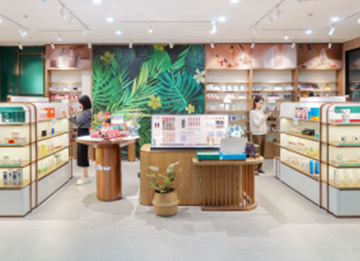

Global Reach and E-Commerce Presence

We expand globally through a strong e-commerce presence, leveraging leading platforms and independent websites. With optimized cross-border strategies, efficient logistics, and localized support, we deliver quality products and exceptional service worldwide.
What Our Happy Clients Say

The products from YUNMEI are simply amazing! I’ve been using their skincare line for a few months now, and my skin has never looked better. The formulas are gentle yet effective, and I love the natural ingredients they use.
—James
Skincare Cosmetic Products Manufacturer
Did You Choose the Right Skincare Products?
Oil-based Skin Care
New Trends in the Beauty and Skin Care Consumption Market in 2025
Did You Choose the Right Skincare Products?
When choosing skin care products, many people will be dazzled by the dazzling array of products and complex ingredient lists. In fact, as long as you master some basic knowledge, you can easily understand the skin care product ingredient list and find the right product for you.
Understand Your Skin Type
Skin type is the basis for choosing skin care products. Common skin types include dry, oily, mixed, sensitive, etc. You can get a preliminary understanding of your skin type by observing your T-zone, back of your hands, elbows, etc. Or go to a professional beauty salon or dermatologist for testing.
Learn to Understand the Ingredient List of Skin Care Products
When choosing skin care products, don't just look at the packaging and advertising, but pay more attention to the ingredient list. Several common active ingredients include: hyaluronic acid, vitamin C, niacinamide, fruit acid, etc. Choose skin care products with appropriate ingredients according to your skin type and needs. The following are the suitable skin care ingredients and their functions corresponding to different skin types for your reference and selection.
Dry Skin
Hyaluronic acid (hyaluronic acid): Deep hydration, increase the water content of the stratum corneum, and reduce dry fine lines; need to be combined with water-locking ingredients (such as squalane) to enhance the moisturizing effect; can be moisturized weekly.
Ceramide: Repair the barrier, enhance moisturizing, relieve dryness and desquamation; avoid superposition with strong acid ingredients; suitable for sensitive dry skin.
Squalane: Simulates the structure of the sebum membrane, locks in moisture and anti-oxidation, improves dryness; oily skin should be used with caution, as it may increase the greasy feeling.
Panthenol (vitamin B5): Repairs the barrier, relieves dryness and itching, and promotes wound healing; can be combined with ceramide to enhance the repair effect.
Oily Skin
Salicylic acid: Controls oil and removes acne, dissolves blackheads, and is anti-inflammatory and antibacterial; dry and sensitive skin should be used with caution; it is recommended to use 2-3 times a week, and sun protection is required.
Niacinamide: Regulates sebum secretion, whitens and brightens, and improves enlarged pores; tolerance needs to be established; avoid superposition with high concentrations of VC.
Tea tree oil: antibacterial and anti-inflammatory, cleans pores, inhibits acne; needs to be diluted for use; use with caution for sensitive skin.
Witch hazel extract: tightens pores, regulates oil secretion, and is anti-inflammatory; suitable for daily oil control care.
Combination Skin
T zone - salicylic acid/fruit acid: oil control and exfoliation, prevent closed comedones; zone care, avoid full face use.
U zone - ceramide/hyaluronic acid: moisturizing and repairing, keeping the cheeks moist; choose light moisturizing ingredients to avoid heavy.
Lactic acid: gentle exfoliation, improve roughness, balance the water and oil of the whole face; suitable for overall conditioning of combination skin.
Sensitive Skin
Centella asiatica extract: anti-inflammatory and soothing, repairs redness, and promotes barrier healing; can be used with panthenol or chamomile to enhance the soothing effect.
Chamomile extract: calms sensitivity, relieves burning sensation, and repairs capillary dilation; suitable for wet compress or spray.
Panthenol (vitamin B5): repairs the barrier and enhances skin tolerance; suitable for post-medical beauty or emergency repair.
Neutral Skin
Vitamin C (derivatives): Anti-oxidation and brightening, promoting collagen production, maintaining healthy radiance; mild derivatives (such as AA2G) can be selected to avoid irritation.
Peptides: Anti-aging, lightening fine lines, improving elasticity; long-term use is required, and moisturizing ingredients are used to enhance absorption.
Learn The Correct Skin Care Sequence
Morning: Facial Cleanser → Face toner → Face essence → Face lotion → Sunscreen.
Evening: Makeup removal → Cleansing → Face toner → Face essence → Facial cream.
There needs to be an appropriate time interval between each step to allow each skin care product to be fully absorbed.
With the above methods, you can easily understand the ingredient list of skin care products and choose the right product according to your skin type. Remember, skin care is a long-term process, and scientific care can make your skin healthy and beautiful!
Oil-based Skin Care
In the long history of the development of the beauty industry, the revival of the concept of "oil-based skin care" is not only a tribute to traditional skin care wisdom, but also a product of the collision between modern technology and consumer demand.
From the ancient Egyptians using olive oil for skin care to the technological iteration of contemporary essence oils, "oil" as a carrier has spanned thousands of years and is now becoming the core trend in the skin care field with a new attitude.
With consumers' pursuit of natural, efficient and personalized products, and the dual promotion of social media and technological research and development, "oil-based skin care" is leaping from a niche track to an industry growth engine, leveraging the market potential of hundreds of billions.
The Interweaving of Tradition and Modernity: From Aromatherapy to Technological Skin Care
The foundation of "oil-based skin care" is deeply rooted in traditional aromatherapy culture. As early as 1700 BC, the ancient Egyptians used animal and plant oils for skin care, using their closed and moisturizing properties to fight against dry environments.
Today, this ancient wisdom is reborn with the empowerment of technology. Modern body essence oils not only retain the natural skin-friendliness of oils, but also solve the stickiness problem of traditional oil products through innovations such as nanotechnology and microemulsification technology. For example, Yunmei's essence uses streamlined ingredients, and it is most common to use a dropper to take the essence oil.
We also have a disposable essence in Yunmei, which can be shaken before use. Technological breakthroughs make oil molecules easier to penetrate, and the efficacy extends from basic moisturizing to anti-aging, repair, brightening and other multiple dimensions, meeting consumers' expectations for "functional skin care".
Market data confirms the explosive power of this trend: in 2021, sales of products related to "skin care with oil" surged from 1.242 billion to 2.257 billion, a year-on-year increase of 81.64%. The two major categories of essence oil and makeup remover oil account for 91% of the market share. Among them, makeup remover oil has become an entry-level hot product with the selling point of "removal and care in one", while essence oil relies on anti-aging, repair and other functions to advance to high-end.
In addition to cleansing creams and cleansing water, our makeup removal products also include cleansing oils. We have launched segmented products for oily and dry skin, with monthly sales exceeding 10,000 pieces.
Consumption Upgrade and Demand Fission: The Underlying Logic Driving Market Growth
The rise of "using oil to nourish skin" is essentially a microcosm of the leap of consumer demand from "basic skin care" to "precision care". With the acceleration of urbanization, environmental pollution, stress and other factors have led to a high incidence of problems such as sensitive skin and oily acne skin, and consumers have become more and more clear about the efficacy of products.
Essence oils have become an ideal choice for solving problems such as damaged skin barriers, dryness and redness due to their high concentration of active ingredients and fat-soluble carriers. For example, ingredients such as squalane and jojoba oil can quickly repair the barrier due to their high similarity to the human sebum membrane; while sea fennel extract and camellia seed oil meet anti-aging needs through antioxidant and anti-inflammatory effects.
At the same time, the rise of young consumer groups has reshaped the market landscape. Women aged 18-24 have become core users. They are keen to obtain skin care knowledge through platforms such as Douyin, YouTube, and Instagram, and have extremely high requirements for ingredient transparency and experience. We at Yunmei accurately captured this trend and launched a three-piece retinol skin care set with precise and streamlined skin care to further expand the boundaries of users.
Industry Chain Innovation: Ecological Reconstruction From Raw Materials to Channels
The outbreak of "skin care with oil" has forced the upstream and downstream of the industry chain to accelerate upgrading. On the raw material side, the concepts of sustainability and environmental protection have spawned the development of bio-based oils. For example, moringa seed oil and rosehip oil extracted from plants replace traditional mineral oils to reduce environmental burden; synthetic biology helps the large-scale production of scarce ingredients such as squalene and reduces costs. In the production process, the application of microemulsification technology and liposome encapsulation technology makes oil products lighter and more efficient in absorption, breaking the stereotype of "oil = heavy".
Future Outlook: From Category Revolution to Ecological Reconstruction
Although "skin care with oil" has taken shape, its market penetration rate is still less than 25%. Compared with the 30% share of aromatherapy products in Europe and the United States, the growth space in the Chinese market is as high as 30 times. In the future, this trend will expand in depth in three directions:
Category diversification: extending from facial care to body care, hair care, men care and other fields. Subcategories such as bath oil and hair care essential oil have emerged, and even our hair growth liquid has a good feedback effect.
Technology integration: AI skin detection will be gradually introduced, and AI skin detection will be combined with customized essence oil formula to provide personalized solutions; smart devices such as importers are used with essential oils to improve the penetration efficiency of ingredients.
Sustainable deepening: From raw material planting to packaging design, environmental protection is practiced throughout the entire chain. For example, recyclable glass bottles and plant-based plastics are used to promote the implementation of the "pure beauty" concept.
"Best Skin care with oil" is not only a category innovation, but also a revolution in the reconstruction of the value of the beauty industry. It redefines the role of oil in skin care, closely linking traditional wisdom with modern technology, consumer demand and industrial upgrading.
In this market game worth hundreds of billions of dollars, whoever can anchor the efficacy with technological breakthroughs, impress people with cultural narratives, and win the future with sustainable concepts will be able to ride the wind and waves in this blue ocean and lead the beauty industry into the "Oil Era".
New Trends in the Beauty and Skin Care Consumption Market in 2025
Increasing Demand for Refinement and Specialization Consumers’demands for Makeup and Skincare products are becoming more refined and specialized. They are no longer satisfied with basic skin care and makeup, but are pursuing more precise and efficient solutions. For example, in skin care, the demand for segmented products for different skin types, different age groups, and different skin problems has increased, and segmented tracks such as sensitive skin care and anti-aging repair have developed rapidly.
The rise of scenario-based consumption Consumers’demand for beauty and skin care is no longer limited to a single product function, but has turned to precise solutions driven by multiple scenarios. For example, in skin care, there are different demands according to different scenarios such as morning and evening, weekdays and weekends; in the field of makeup, scene makeup such as "vitality sports makeup", "workplace high-intelligence makeup", and "romantic dating makeup" are popular.
Ingredients and efficacy are valued When consumers buy beauty and skin care products, they pay great attention to product ingredients and efficacy. Data shows that in 2024, the factors that Chinese consumers pay most attention to when buying cosmetics are product ingredients (58.8%) and product efficacy (41.4%). Ingredients such as niacinamide and recombinant collagen are popular, and the search volume for related products has increased significantly.
Development of personalized customization services As consumers' demand for personalization increases, personalized customization services will become an important trend in the beauty and skin care industry. Brands use AI technology, big data analysis and other means to provide consumers with more personalized skin care solutions and product customization services.
The integration of technology and beauty deepens the application of technology in the field of beauty and skin care, becoming one of the core competitiveness of brands.
Emotional consumption and the growth of the perfume market Young consumers have significantly increased their attention to the emotional value of brands, and emotional consumption has driven perfume and other categories to become new growth points. Perfume has become an important carrier for emotional expression, and its market size is expected to exceed 51.5 billion yuan in 2029.
New Product Trends of Beauty and Skincare Brands
Anti-aging and repair skin products are gaining attention.
Repair products focus on ingredients and effects.
Whitening and spot-lightening products have innovative ingredients.
Sunscreen products have upgraded functions: anti-photodamage, anti-oil acne, anti-allergy.
Five Typical Groups of Beauty and Skincare Consumers
Young fashion groups are mainly those born in the 80s, 90s, and 00s, and are the main consumers in the cosmetics and skincare market. They are brave enough to try new things, pay attention to the quality of life and personalized expression, and are keen on marketing methods such as planting grass and IP. In skin care, they pursue anti-aging, whitening and other effects, and in makeup, they like personalized and fashionable makeup, and the frequency of consumption is high.
Ingredient party This part of consumers has in-depth research and attention on the ingredients and effects of beauty and skincare products. They will carefully check the ingredient list before purchasing the product, and have a high degree of awareness and pursuit of popular ingredients such as niacinamide and recombinant collagen. This group of people prefer to choose products with safe ingredients and significant effects, and have high requirements for the professionalism and scientificity of the brand.
Medical beauty peopleWith the continuous development of the medical beauty market, the proportion of medical beauty people in the beauty and skin care market has gradually increased. They pay more attention to the use of repair and high-efficiency products in skin care, and their average annual expenditure is about 1.4 times that of non-medical beauty people. This group of people has extremely high requirements for product quality and safety, and is more willing to try some skin care brands with professional backgrounds and technological content.
Male consumersMen's attention to personal care and appearance is constantly increasing, and the male cosmetics market is developing rapidly. In terms of skin care, male consumers have increased demand for oil control, anti-acne, anti-aging, etc.; in terms of makeup, men's special makeup products are also gradually gaining attention. They prefer to choose simple, convenient and efficient products, and are more sensitive to the brand's image and reputation.
Mature and stable groups are relatively older, more rational in consumption, and pay attention to product quality and brand reputation. In skin care, they pay more attention to anti-aging, repair and other effects, and have a higher acceptance of high-end brands and professional line products; in makeup, they pursue natural and elegant makeup effects, and have high requirements for the durability and texture of products.
Marketing Characteristics of Beauty and Skin Care Brands
Multi-channel marketing e-commerce platforms, content sharing platforms (TikTok, ins), short video platforms and other public domain traffic channels and offline stores are all important channels for brand marketing. Brands need to formulate corresponding marketing strategies according to the characteristics of different channels and target audiences to achieve all-round brand communication and promotion.
Content marketing and grass-growing culture attract consumers' attention and purchases through high-quality content creation and grass-growing recommendations. Brands cooperate with beauty bloggers and KOLs to publish product reviews, user experience and other content to guide consumers to make purchase decisions. At the same time, the brand itself will publish interesting and useful content through social media platforms to establish emotional connections with consumers.
IPization and cross-border cooperation Brands can enhance brand awareness and influence by creating IP images or cross-border cooperation with IPs in other fields. For example, cooperate with popular film, television, animation, games and other IPs to launch joint products to attract the attention and purchase of fan groups. In addition, brands can also enter new market areas and expand consumer groups through cross-border cooperation.
Considering a private label Skin care brand?
Get started with these 10 must-ask OEM/ODM questions every entrepreneur needs to know.
Are there factories and laboratories that can be visited?
Of course, we support factory inspections.
Do you support exclusive formulation research and development with confidentiality agreements?
Yes, we have a professional R&D team and abide by business secrets.
How to evaluate the R&D strength of OEMs?
Check whether the laboratory configuration has an independent laboratory (not outsourced) and equipment list.
How can OEM help brands with marketing?
Provide finished product shooting material packages and jointly develop clinical test reports.
How long does it take to develop and produce a custom skincare product?
ODM: 4–8 weeks (using existing formulas).
OEM: 3–6 months (includes R&D, testing, and production).
Factors affecting timeline: Ingredient sourcing, stability testing, and packaging lead time.
How do ensure product safety and quality?
Stability & compatibility test reports (3–6 months). Patch test results (for sensitive skin claims). GMP, ISO 22716, or FDA-certified facilities.
Can customize the packaging with my brand logo?
Yes! Most manufacturers offer: Label printing (matte/glossy, embossing) ,Custom bottle shapes, Eco-friendly options (PCR plastic, glass, biodegradable tubes) .
Can request samples before bulk production?
Yes, always request samples!
What is the minimum order quantity (MOQ) for private label skincare?
Typically 1,000–5,000 units per product, but some manufacturers offer lower MOQs (e.g., 500 units) for startups.
What is the specific OEM cooperation model?
Under the OEM model, the brand provides product formula, production process and packaging design requirements, and the OEM factory produces according to these requirements.












